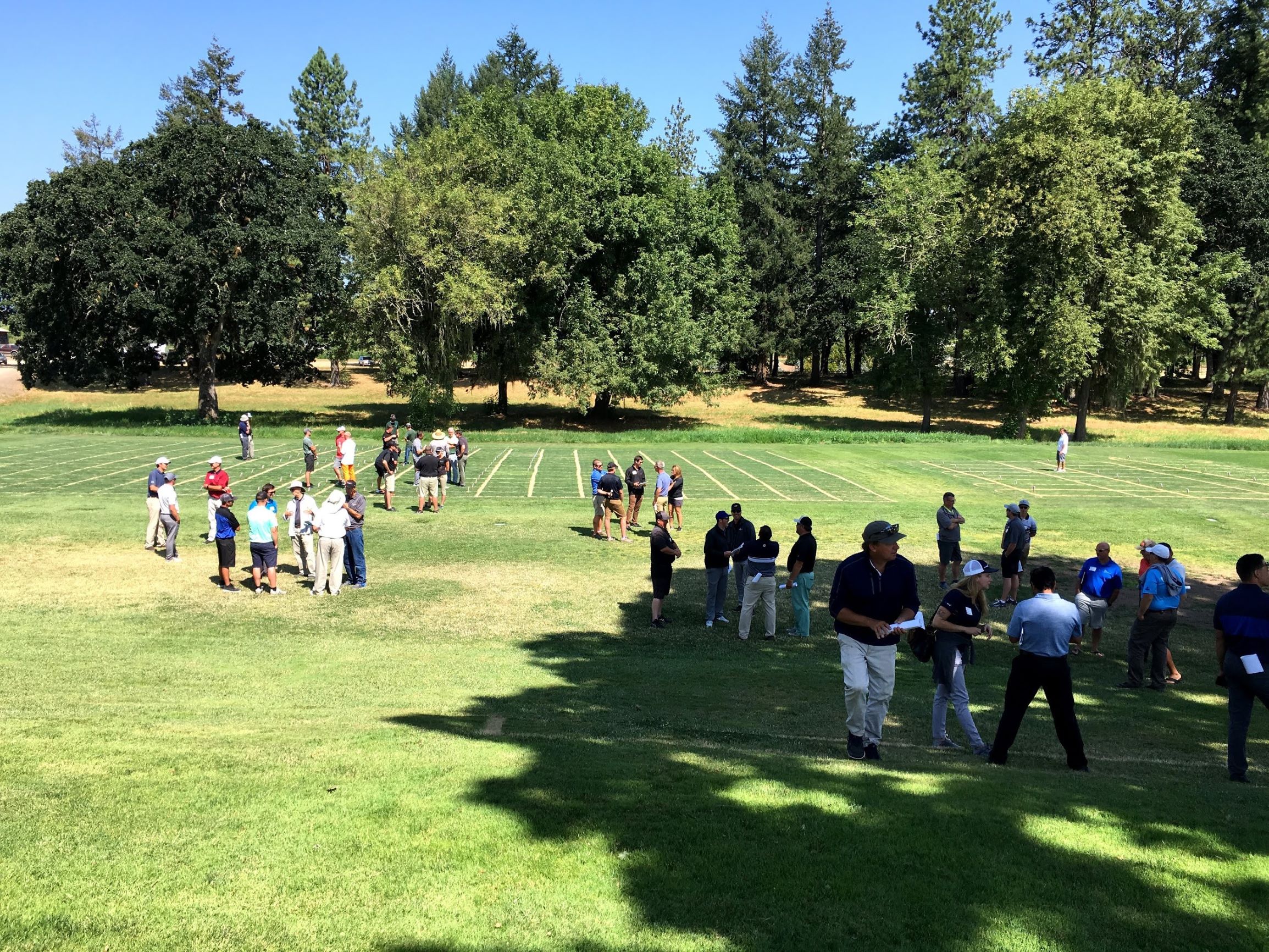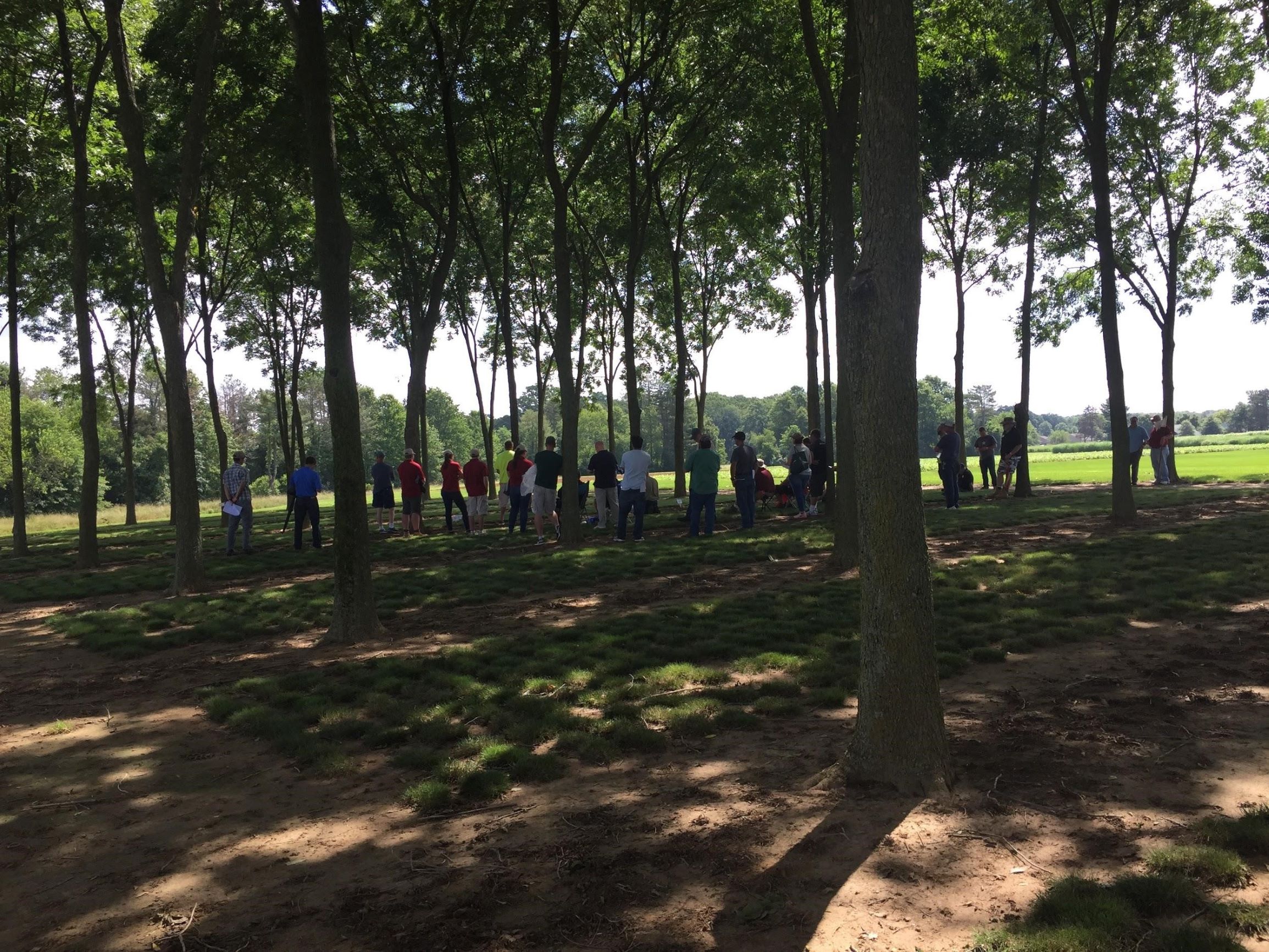By Michael Barnes, PhD candidate, Department of Forest Resources, University of Minnesota;
Kristen C, Nelson, Professor, Department of Forest Resources, Department of Fisheries Wildlife & Conservation Biology, University of Minnesota
Managers articulated significant opportunities for a transition to low-input turf. One of the main opportunities is labor and cost savings related to inputs. Savings associated with reducing inputs were important for managers as pressure mounts on them from three sides: first, citizen’s environmental concerns about overuse of fertilizer and herbicide; second, pressure from municipal and other authorities to reduce maintenance costs; and finally, a lack of skilled labor to implement the needed maintenance on traditional turfgrasses. A barrier associated with all of these opportunities is the lack of specific clear-cut cost-benefit analyses. Managers do not have access to a single model that incorporates inputs, mowing, and seed costs. They need this to convince themselves as well as their bosses that fine fescues will indeed represent significant cost savings. Fortunately for managers, several ongoing studies are addressing these concerns, and future studies will go further to provide direct variety-to-variety comparisons for managers to use in their decision-making processes.
Managers also noted current barriers such as their confusion about the naming of existing varieties. In response to these challenges, recent studies clear up the naming and uses of fine fescues species from both scientific and applied perspectives. See the earlier post, The many faces of fine fescue, by Kowalewski, Braithwaite and McDonald, that provides managers with an easy guide to understand the similarities and differences between the five main fine fescue varieties. For a more in-depth look, managers and others can turn to the post What are the fine fescues?, by Braun and Patton, for a look at the scientific classification of fine fescues as well as the associated journal article by the same authors for a comprehensive understanding of the fine fescues.
In summary, the opportunities for low-input fine fescues adoption are numerous and growing as pressures, both social and ecological, increase. Current research projects focus on additional barriers articulated by managers, such as overcoming poor past experiences with fescues through direct trials and access to demonstration plots, and overcoming challenges with establishment through development of specific guides for multiple fine fescue varieties. All of these projects involve working alongside managers to achieve a more sustainable urban vegetation future.




